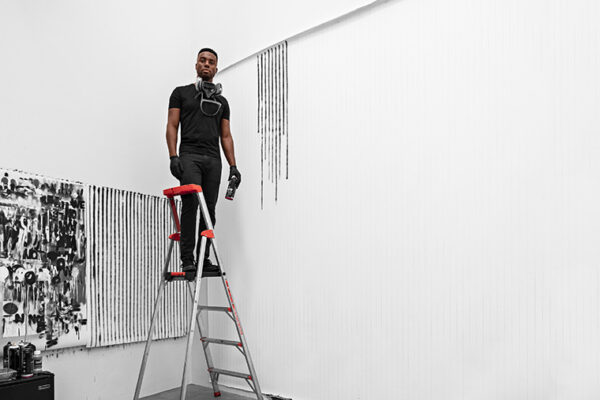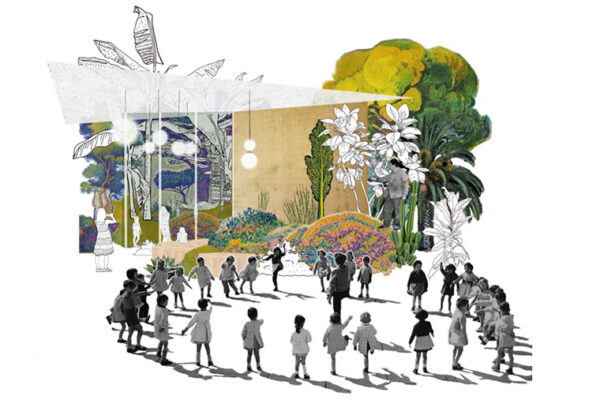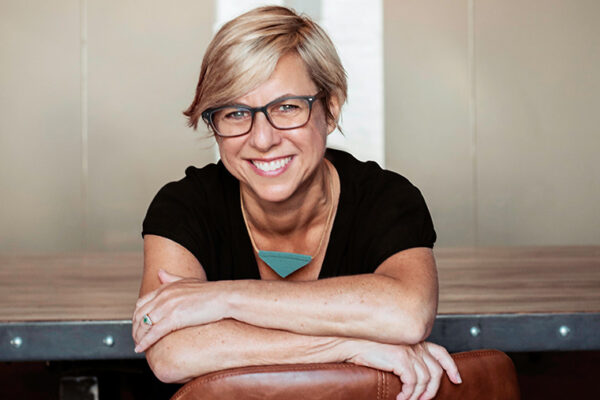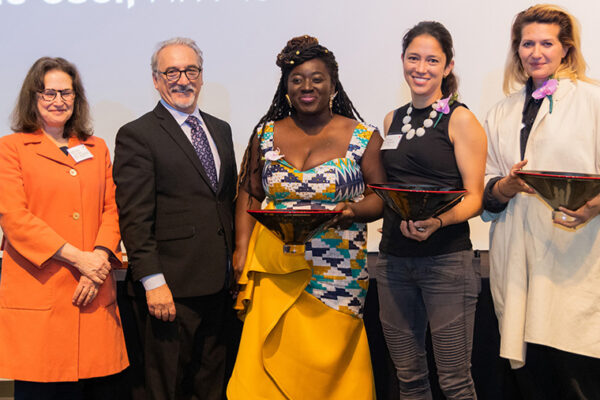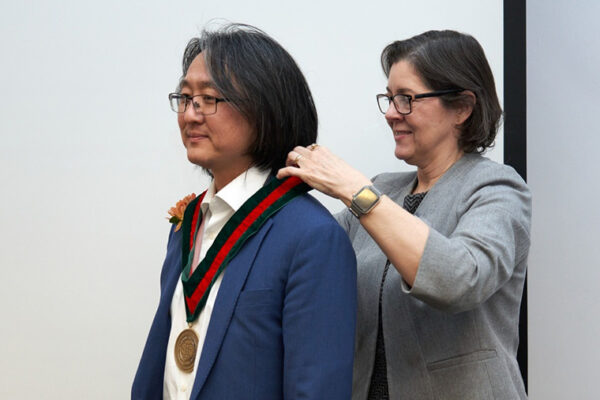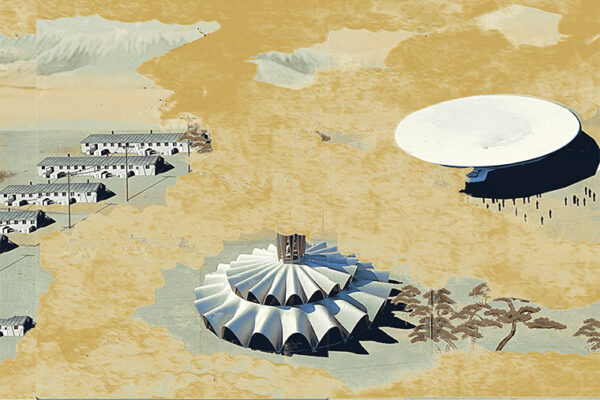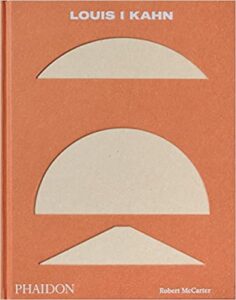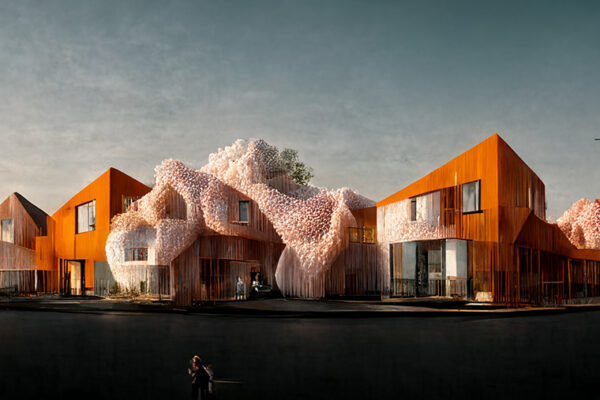Sam Fox School Public Lecture Series begins Sept. 22
Artist Adam Pendleton, designer Kelli Anderson, Whitney curator Adrienne Edwards and architects Marion Weiss and Michael Manfredi are among an international array of creative professionals who will discuss their work for the Sam Fox School of Design & Visual Arts’ fall Public Lecture Series.
Sam Fox School, AIA St. Louis announce ‘Care,’ 2023 Steedman competition
Architecture shelters and protects. But what if architecture also tended to the health of society and of the planet? That’s the question posed by “Care,” the 2023 James Harrison Steedman Fellowship in Architecture biennial research competition.
Sam Fox School names Samuels interim director of architecture
Linda C. Samuels, a professor of urban design in the Sam Fox School of Design & Visual Arts, will serve as interim director of the Sam Fox School’s College of Architecture and Graduate School of Architecture & Urban Design for the 2023-24 academic year. Samuels’ appointment is effective Aug. 1.
Sam Fox School presents Awards for Distinction
The Sam Fox School of Design & Visual Arts celebrated seven honorees April 20 as part of the school’s 2023 Awards for Distinction ceremony.
Class Acts: Chenyue Wang
Chenyue Wang wasn’t familiar with St. Louis before arriving here for graduate school. But over the last two years, the Beijing native has come to appreciate the city’s creative opportunities, quality of life and plentiful greenspace.
Kim installed as Raymond E. Maritz Professor of Architecture
The Sam Fox School of Design & Visual Arts recently installed Sung Ho Kim as the Raymond E. Maritz Professor of Architecture.
‘Beauty in Enormous Bleakness’
“Beauty in Enormous Bleakness,” an exhibition highlighting the design legacy of Japanese American architects in the wake of World War II-era internments, is on view in Olin Library. A related symposium, “Moonscape of the Mind,” will take place April 13 and 14.
Louis I Kahn : Revised and Expanded Edition
A thoroughly updated and redesigned edition of McCarter’s esteemed monograph on the globally-revered modern master – includes Roosevelt Island, Four Freedoms Park, which was completed after Kahn’s death The significance of the work of Louis I Kahn, one of the greatest influences on post-WWII world architecture, has skyrocketed in the twenty-first century. Robert McCarter’s bestselling […]
Sam Fox School names Rivera as JoAnne Stolaroff Cotsen Professor
Mónica Rivera has been named the JoAnne Stolaroff Cotsen Professor of Architecture at the Sam Fox School of Design & Visual Arts. A lecture and reception to celebrate her appointment were held recently in Steinberg Hall.
‘AI + Design’ mini-symposium April 3
Krishna Bharat, a distinguished research scientist at Google, will deliver the keynote address for “AI + Design” April 3. The afternoon-long symposium will explore the current state of AI technology, the future of AI-assisted design and the implications for design practice and training.
Older Stories
